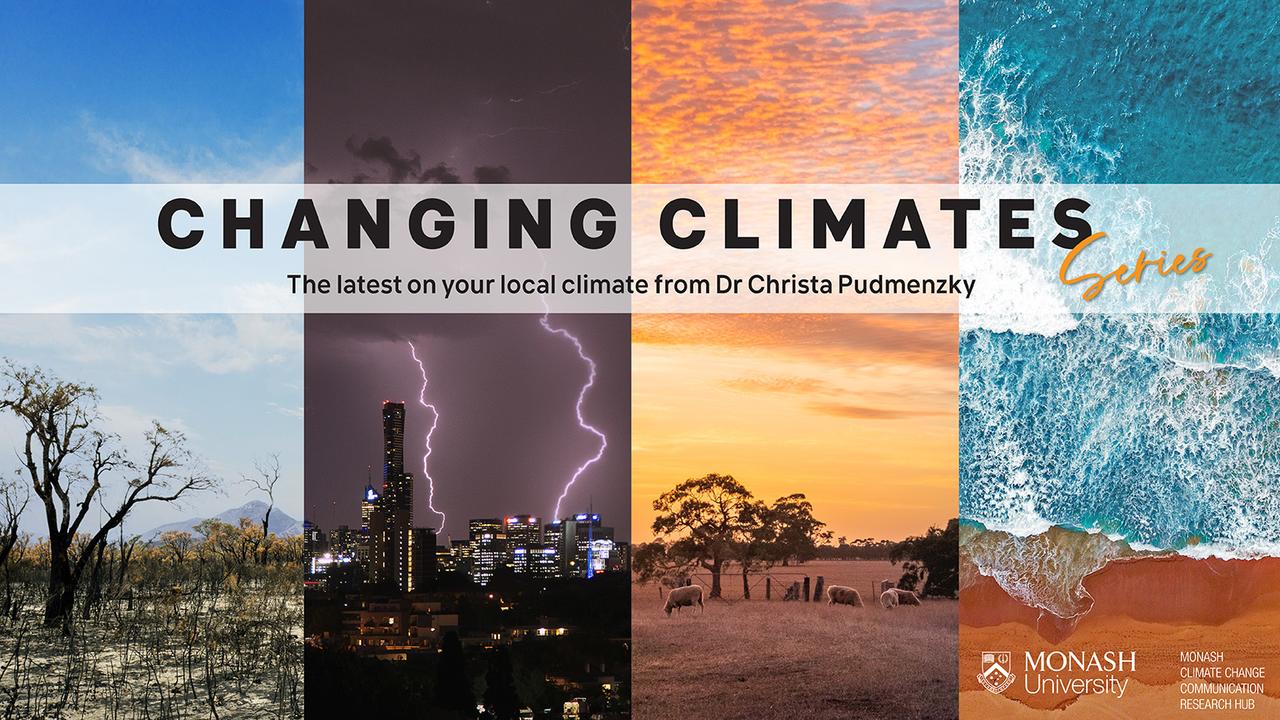Australia's 'just right' climate is starting to shift
Climate change is causing some Aussies to move in search of more liveable areas. Host of Toowoomba's Changing Climates series, Dr Christa Pudmenzky, explains why.

HyperLocal
Don't miss out on the headlines from HyperLocal. Followed categories will be added to My News.
Despite being the sixth largest country on Earth, the vast majority of Australia is uninhabited with around 80 per cent of our population living within 50km of the coast.
But where Aussies have built their homes is no coincidence.
It all comes back to the 'human climate niche' which can be understood through the lens of a classic childhood fairytale – Goldilocks and the Three Bears.
Just like Goldilocks and her porridge, humans need the right set of conditions to thrive – "not too hot and not too cold".
We have lived in this comfortable niche for thousands of years, producing all the resources we need right alongside our homes.
But our homes and way of life are becoming more vulnerable in many parts of Australia, as global temperatures rise and we experience more frequent and intense extreme weather events.
We're already seeing some of these changes in Toowoomba.
For example, Queensland now experiences almost three more unusually warm April nights compared to the 1970s.

Climate migration on the rise
Sudden or progressive changes to our climate can force communities to shift – either temporarily or permanently – to more liveable regions.
And this mass-movement, known as 'climate migration', has already begun.
We saw this in Australia during the infamous 2019-20 Black Summer fires that destroyed over 3000 homes and displaced tens of thousands of people.
Just two years later, we saw extensive displacement again in the wake of the northern rivers flooding.
Global projections show that as the climate crisis continues, more and more people will be forced to relocate from their homes.
Having to move out of home isn't the only challenge. The areas where we can grow our food and resources are shrinking too.
Some of our agricultural regions are prone to a process known as 'desertification'.
Desertification occurs when vegetation withers away due to increasing droughts and bushfires, and becomes unfit for agricultural activities.
Longterm, this impacts food availability and drives up the prices on supermarket shelves.
The economic cost of living in a particular community is a final key factor forcing people from their homes.
Extreme weather events are causing insurance premiums to skyrocket at the same time as property prices in affected regions fall.
This means the ability to remain in our homes can purely depend on the cash in our wallets.
All these factors come together to showcase why our climate niche is shrinking.

From high tides to high anxiety for vulnerable communities
While the day-to-day impacts of climate change affect all of us, not everyone is equally vulnerable to climate migration.
Factors including poverty, social vulnerability and the capacity of the government to provide alternatives to migration all play an important role in determining who may need to make the move.
This means vulnerable groups such as Indigenous peoples, low-income households, and women are at particular risk due to their pre-existing social and economic inequalities.
For example, Torres Strait Islander communities risk having their island homes inundated as sea levels rise.
This loss of homes, livelihoods and ancestral lands highlights one of the many social costs of climate change.
Harnessing the power of renewables for a brighter future
The most effective way to limit the impact of climate change is to curb our greenhouse gas emissions.
And the faster we can do so the better.
Australia is primed for a renewable energy transition, with abundant wind and solar on our doorsteps.
As consumers we can reap the economic benefits of these resources by installing rooftop solar or investing in community renewables projects.
Enjoying an active commute or taking the train rather than sitting in traffic is another great way to limit our carbon footprint.
By driving down emissions, taking advantage of renewable resources, and protecting our most vulnerable communities, we can ensure we live happy, healthy lives in our homes among the gumtrees.
Want more information on how your climate is changing? Check out the last article in this series.
Dr Christa Pudmenzky is a climate scientist at the University of Southern Queensland.
This column is part of a collaboration between Monash University and News Corp to deliver hyperlocal weather and climate information.






